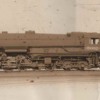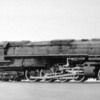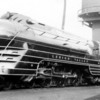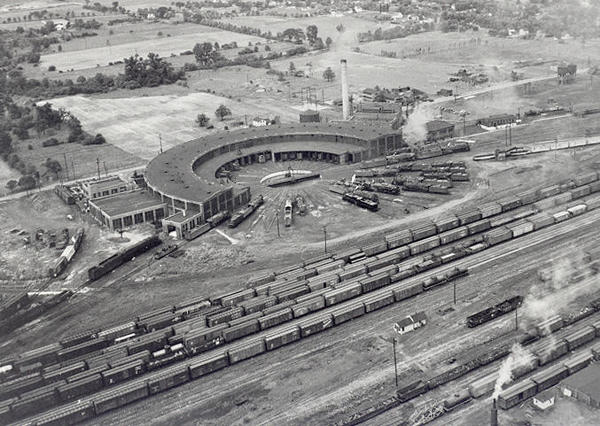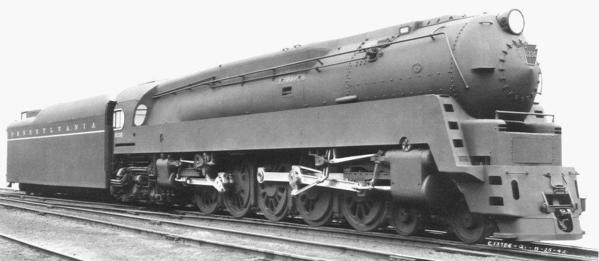Hello all,
I wanted to introduce myself, and ask help with a one off loco project.
I am a bit of an engineer and builder. I love to create things that never were, but should have been. My steel tub cj5 with an Isuzu "4fb1" diesel goes anywhere even in 2wd, and gets 40+MPG. I also own the #1 Google search result for that engine code. Search "4FB1" @Google. The Caterpillar themed "4FB1" diesel is my jeep engine.
I have always loved railroads and trains, especially almost any steam loco or streamlined train.
Of course who doesn't? ![]() The Museum of transport near ST. louis is amazing. All of ya MUST go at one point, if you call yourself a train lover.
The Museum of transport near ST. louis is amazing. All of ya MUST go at one point, if you call yourself a train lover.
I have been an enthusiast for my entire life, but am not a "hobbyist". I don't have a layout, and will never own a $4,000 brass locomotive. I won't observe a layout and cry "foul" if a car, loco, or layout isn't operated "realistically" or if rolling stock is missing a valve assembly.
Anyways,
I am building an operable, "what if?" streamlined articulated. The premise is "what If?" perhaps Union Pacific decided to commission a locomotive type designed from the start as a powerful, relatively fast "VIP" 1st class only, passenger locomotive that could pull a train from St. Louis all the way to SF in one continuous run, perhaps averaging 60+MPH the entire way, even through the Rockies. Imaging a "Big Boy" or "Yellowstone" articulated type mixed with the S1, or the John Wilkes. Even the T1's are gorgeous.
The design and aesthetics of the design is my primary focus of the build. Call me an amateur Lowery. haha
There will be SOME MINIMAL detailing, and perhaps it will be ongoing. But again, I want the streamlined design and overall size of the model to be the focus, not if it is missing sand tubes or a particular timing valve, or a brake chain has too few links, whatever one might get fussy over. It isn't a real loco, so hopefully some here might understand what I am trying to do. Build a very possible, fairly accurate, operable, relatively inexpensive(but time, thought, and love), articulated one off piece of streamlined locomotive art to be displayed on my mantle.
The basis for the build is two Chinese made Lionel MLB series locos. They will never be worth much, are relatively inexpensive(if cutting two $100 locos apart is cheap!?), are matching, and the chassis are a "decent quality" for what I am trying to do. HATE the rubber bands on the drivers, but they were @$100 apiece and nearly new. I don't have the money to gut 2 or 3 locos with 10 or 12 drivers, which would be my first choice. Streamlined, absurdly massive Matt H Shay triplex, 6-10-10-10-6 anyone? hahaha Taking 5 grand in deposits...
The help I ask is:
The model I wish to keep operable. I have never seen the hinge on any O scale articulated loco. So where and how I place the hinge pin or connection between the 2 chassis is important.
LOTSA info and experience asked that ya share.
I know little about the operation of the modern digital electronics and motors. I had considered mounting both motors for a LOT of power, if even possible(does voltage regulate rpms on the digital motors?). But I am worried the swing of the boiler would not allow for a motor mounted in the front chassis. My thought is the simplest way would be to gut the front chassis to ride along as a dummy. Then mount the smoke unit in the front chassis, and lengthen the wires to it. However, I HAVE contemplated mounting both smoke units somehow, for a much more accurate articulated chuffing. Maybe make ductwork from the rear chassis and chuffing lobe on axle to front smokebox area? I dunno.
Input and ideas most welcome.
I would prefer to use unusual leading, trailing, and possibly tender trucks. Bigger is better, and the 3 axle S1 examples again are a HUGE inspiration. I have thought about using 3 axle heavy appearing trucks from cars, but folks on Ebay WAY too proud of what they are selling, imho. Perhaps a few here might have some unusual trucks or a centipede tender chassis, and aren't too absurdly proud of the old junk bits they have laying around that the grand kids will probably scrap without any care. ANY old bits you may not need, that may be possible useful, I might me interested in, let me know.
As far as the tender goes, I was considering kitbashing the two I have, and extra matching, vintage lionel tender shell I found for $2. Perhaps making a chassis between two trucks, to mount them to the car. 4 axles up front four in rear, as per S1 again. However, it strikes me as boring compared to centipedes. Up for debate, and what I can find, without getting taken. Also, the weird details and the time into shaping the three together compared to the possible end result may not be worth it.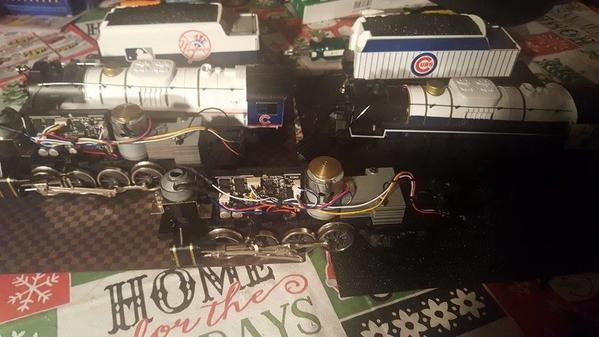

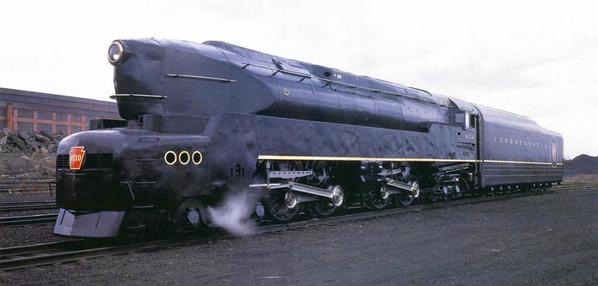


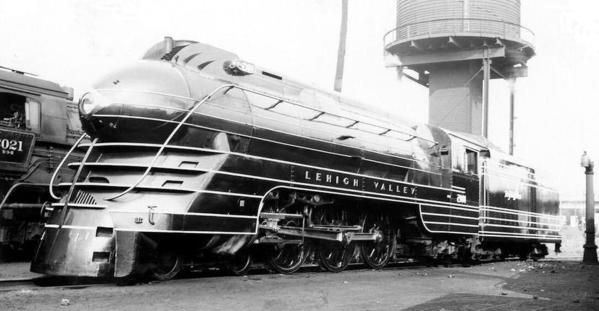

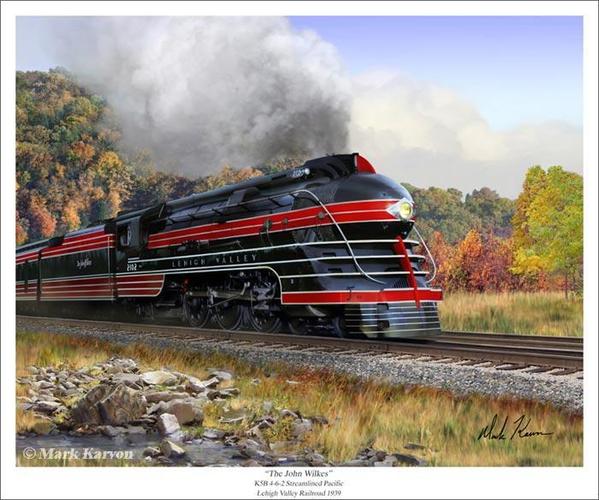

Thank for all your help.
Original Post
Replies sorted oldest to newest




